The Dominican Republic’s cuisine is a tapestry of colors and flavors woven from the island’s diverse history and rich natural resources. Each dish tells a story of cultural fusion, where Taino roots, African influences, and Spanish colonial history blend into a unique gastronomic identity.
In the heart of the Caribbean, the Dominican kitchen serves as a crossroads of tradition and innovation. Here, the humble plantain transforms into a crunchy tostone or a sweet Maduro, while the ocean’s bounty is celebrated in dishes like Pescado con Coco. This culinary journey through what food originated in Dominican Republic reveals not just the origins of its food, but the spirit of a nation proud of its heritage.
The Roots of Flavor: Cultural Melting Pot of Dominican Cuisine
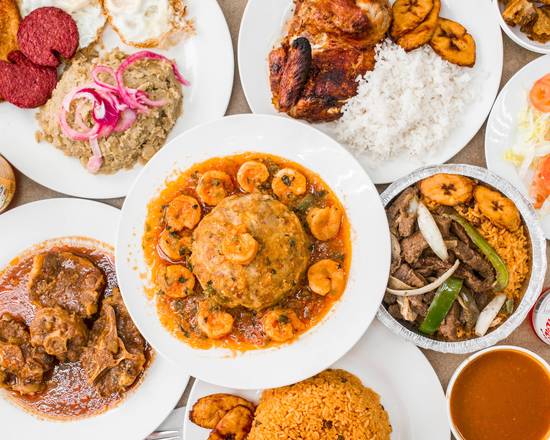
The Dominican Republic’s gastronomy is a flavorful testament to its historical tapestry.
The island’s cuisine has evolved through a confluence of Taino, African, and Spanish influences, each adding distinct ingredients and techniques to create a rich culinary legacy.
Taino Contributions
The Taino people, the island’s original inhabitants, laid the foundation of Dominican cuisine with their simple yet nourishing diet. They introduced the Dominican palate to native tubers like yuca and batata, as well as staples such as case, a flatbread made from cassava root. Their method of barbecuing on an open flame gave rise to the distinct smoky flavors still savored in many Dominican dishes today.
African Flavors
African influence on Dominican cuisine is profound, as it was introduced by enslaved Africans brought to the island during the colonial era. They brought with them robust flavors and hearty ingredients like plantains, yams, and okra. Dishes like mangu, a creamy mashed plantain dish, and sancocho, a rich and hearty stew, are direct descendants of African culinary traditions, showcasing the island’s love for deep, rich flavors and comforting textures.
Spanish Legacy
The Spanish colonization brought a new dimension to the island’s food scene. Livestock such as pigs and goats, fruits like oranges and lemons, and a variety of grains were introduced. The Spanish also contributed their love for rich, savory stews and rice dishes, which became staples in Dominican households. The popular dish La Bandera, consisting of rice, beans, and meat, is a direct reflection of the Spanish influence on the island’s daily meals.
What food originated in Dominican Republic?
Dominican cuisine is a celebration of flavors that resonate with the island’s festive spirit and rich cultural tapestry. Here are some of the iconic dishes that have become synonymous with Dominican culinary tradition.
La Bandera Dominicana: More Than Just a Meal
La Bandera Dominicana, translating to “The Dominican Flag,” is the quintessential lunch dish that mirrors the colors of the nation’s flag with its components. White rice symbolizes purity, red beans reflect the blood shed for freedom, and meat, often chicken represents the people of the land. This dish is not just food; it’s a daily homage to national pride and history.
Sancocho: A Stew of Unity
Sancocho is a hearty stew that brings together a variety of meats like beef, pork, goat, and chicken, simmering in harmony with plantains, yams, and other root vegetables. Each spoonful is a reminder of the island’s communal spirit, where diverse elements unite to create something greater than the sum of its parts.
Chimichurri: The Dominican Burger with a Twist
Not to be confused with the Argentine sauce of the same name, the Dominican Chimichurri is a street food favorite. This burger is typically served in a pan de agua (water bread) and is filled with seasoned ground beef, cabbage, tomatoes, and a special sauce that gives it a unique Dominican flavor. It’s a late-night snack that captures the essence of the island’s vibrant street food scene.
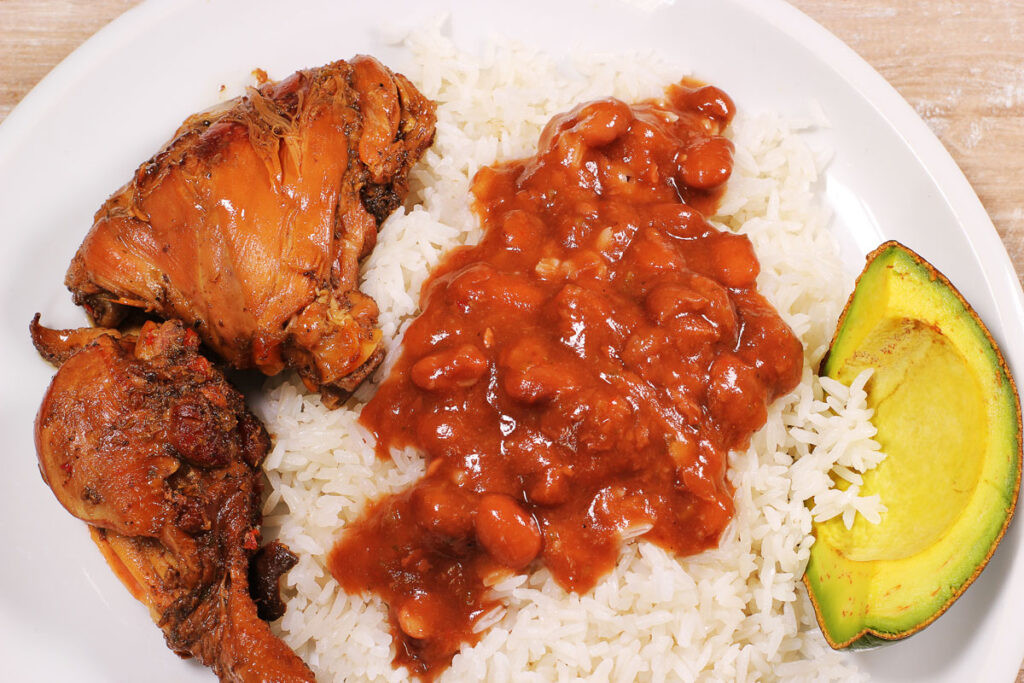
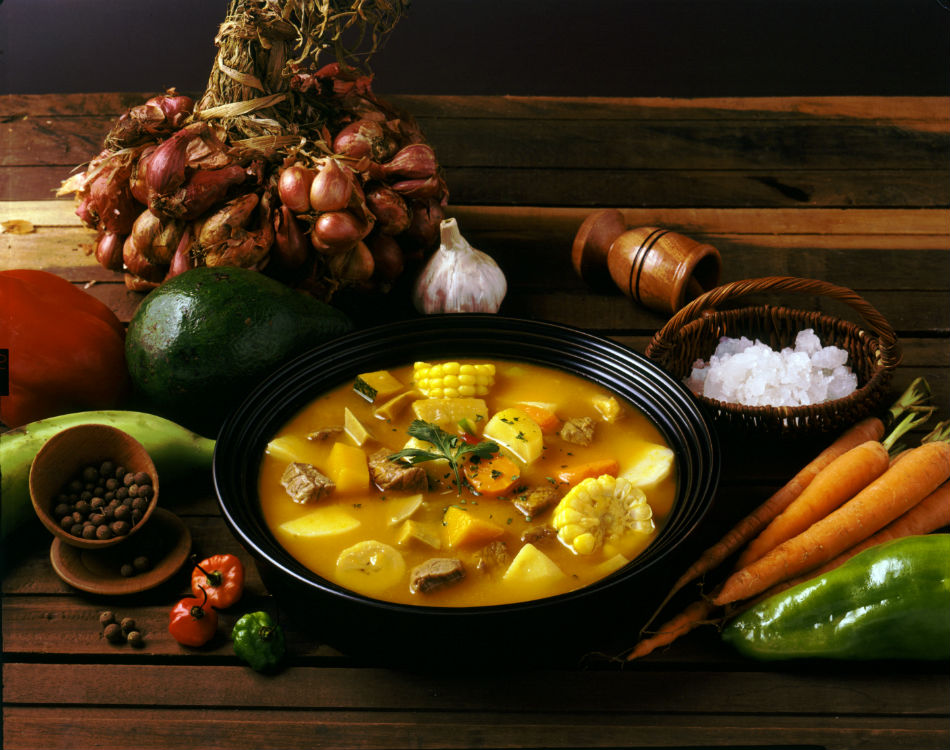
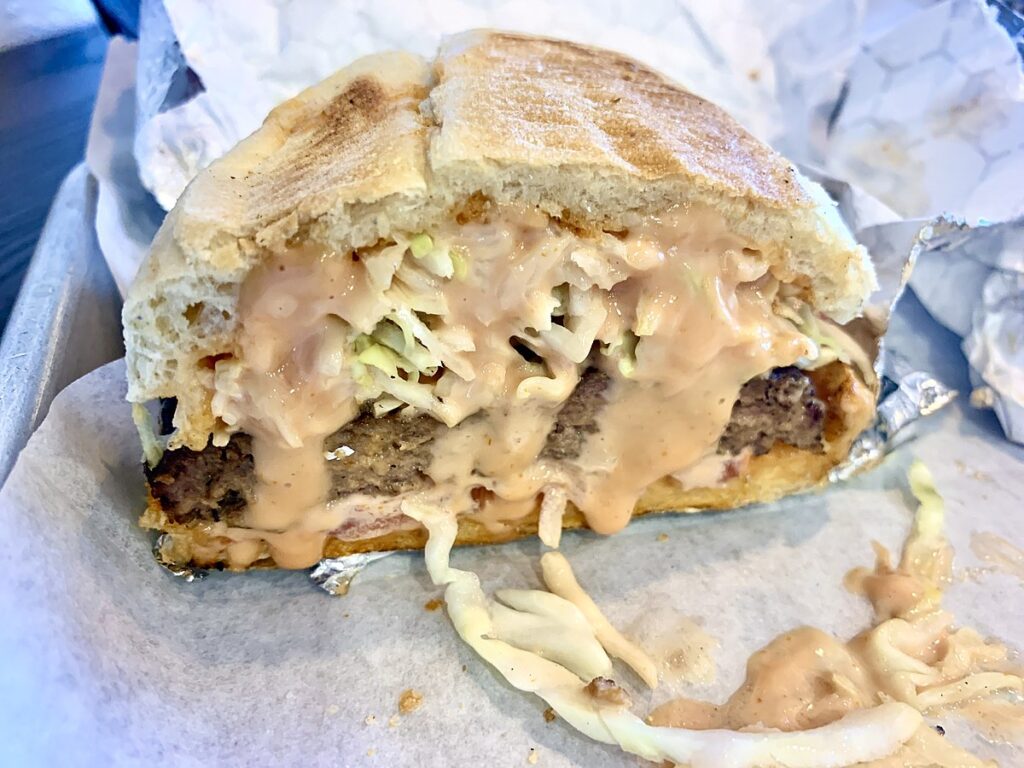
Los Tres Golpes: A Breakfast of Resilience
Los Tres Golpes, meaning “The Three Hits,” is a breakfast that packs a punch. It consists of mango (mashed plantains), fried salami, fried cheese, and eggs. This meal is a testament to the resourcefulness of the Dominican people, turning simple ingredients into a breakfast that fuels the day.
Tostones and Maduros: The Plantain’s Versatility
Plantains are a staple in the Dominican diet, and their versatility is showcased in tostones (twice-fried plantain slices) and maduros (sweet, ripe plantain slices). Tostones offer a crispy, savory bite, while maduros provide a caramelized sweetness, proving that plantains can cater to all taste preferences.
Dulce de Leche: A Sweet Endnote
Dulce de Leche is a beloved dessert in the Dominican Republic. This milk-based sweet is slow-cooked until it reaches a rich caramel color and consistency. It’s often enjoyed on its own or used as a filling for cakes and pastries, serving as a sweet reminder of the island’s love for life’s finer pleasures.
Breakfast of Champions: Los Tres Golpes
In the Dominican Republic, breakfast isn’t just the first meal of the day; it’s a culinary event that sets the tone for what’s to come. Among the many breakfast options, one stands out for its iconic status and satisfying nature: Los Tres Golpes.
Mangú: The Foundation of Flavor
At the heart of Los Tres Golpes lies Mangú, a dish of boiled and mashed green plantains. Its creamy texture and subtle taste make it the perfect base for the bolder flavors it’s served with. Mangú is a testament to the island’s resourcefulness, turning a simple ingredient into a dish that’s both filling and comforting.
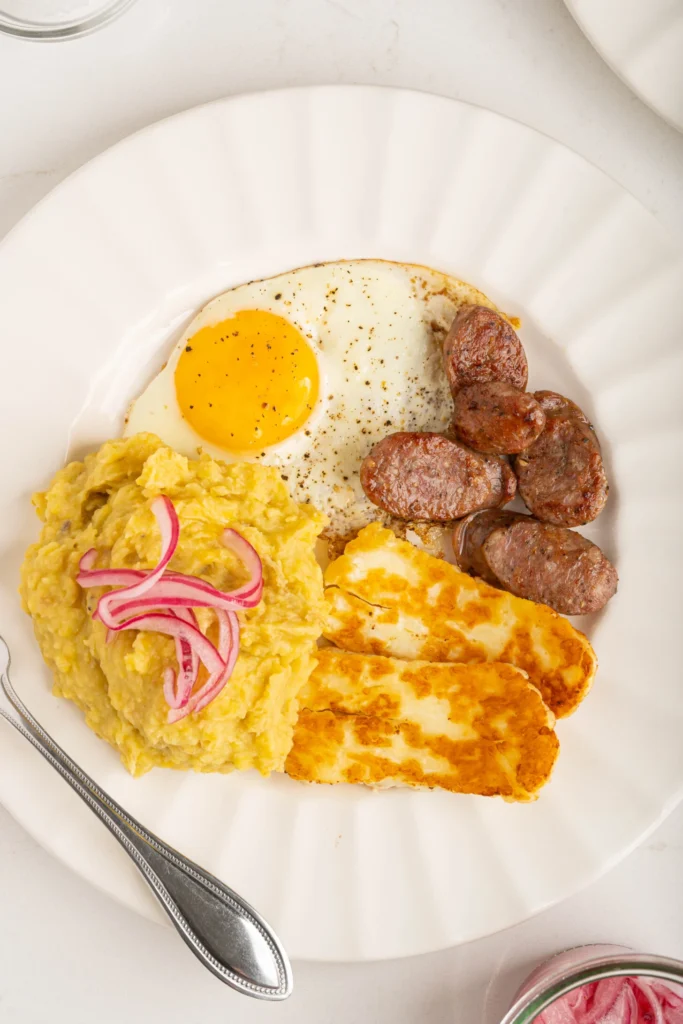
he Trio: A Harmony of Tastes
The name Los Tres Golpes translates to “The Three Hits,” referring to the three components that accompany Mangú:
- Fried Eggs: Often cooked sunny-side up, these eggs add a rich, velvety layer to the meal.
- Fried Dominican Salami: A staple in Dominican households, the salami is sliced and fried until crispy, offering a savory counterpoint to the plantains.
- Fried Cheese: Known as Queso Frito, this cheese is firm enough to be fried without melting, adding a delightful chewiness and a salty kick.
Avocado: The Unofficial Fourth Hit
While not officially part of the trio, a slice of fresh avocado often finds its way onto the plate. Its creamy texture and mild flavor provide a refreshing balance to the hearty components of Los Tres Golpes.
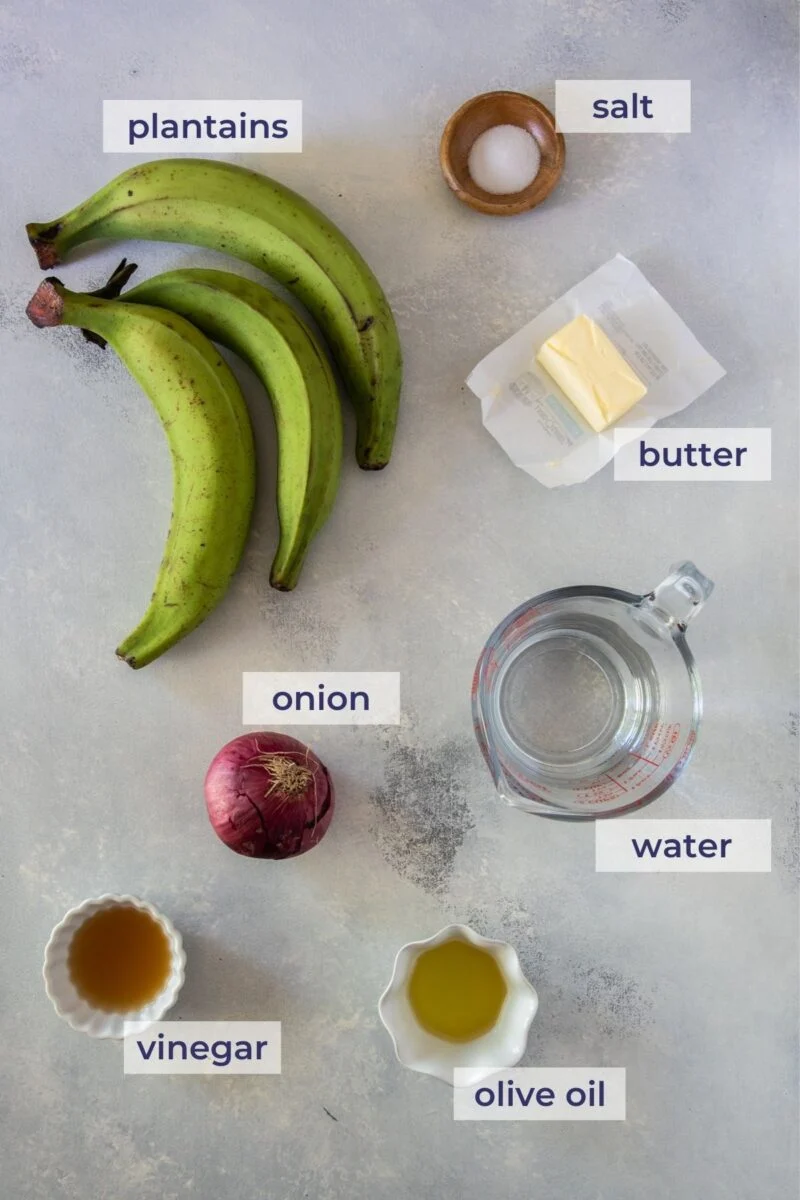
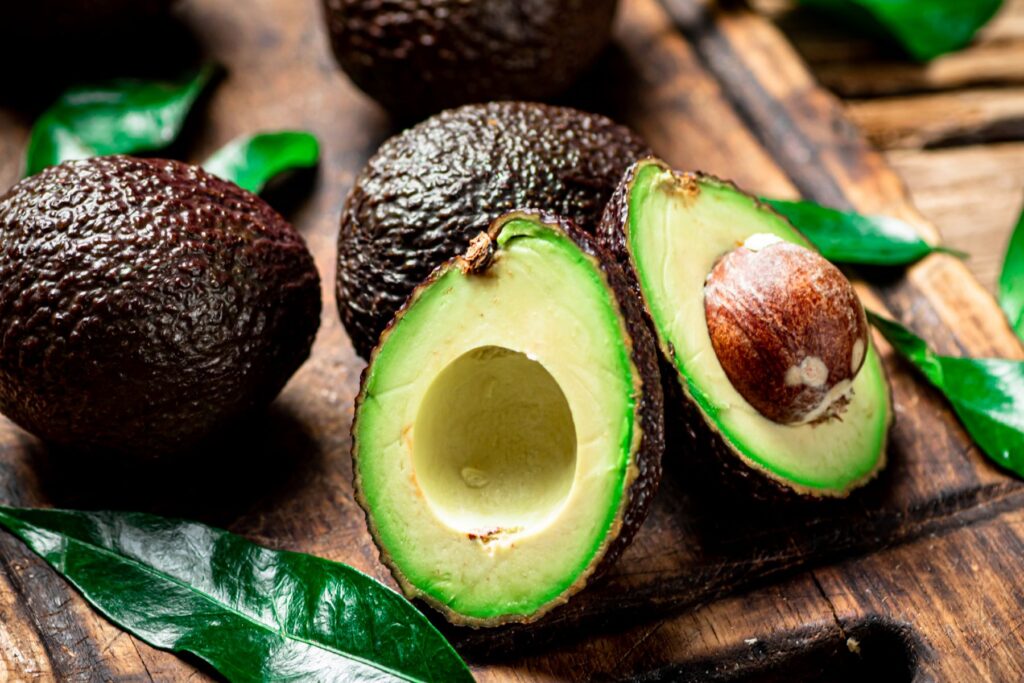
A Meal That Tells a Story
Los Tres Golpes is more than just a breakfast; it’s a narrative of the Dominican Republic’s agricultural abundance and cultural diversity. Each element of the dish has its roots in the island’s history, from the Taino’s introduction of plantains to the Spanish influence seen in the cheese and eggs. It’s a meal that honors the past while energizing the present.
Sweet and Savory Snacks: The Delights of Dominican Munchies
The Dominican Republic offers a delightful array of snacks that cater to both sweet and savory cravings. These treats are not just a quick bite but a reflection of the island’s culinary diversity and cultural richness.
Tostones: The Crispy Delight
Tostones are twice-fried plantain slices that are a staple in Dominican snacking. Starting with unripe green plantains, they are sliced, fried, flattened, and fried again to achieve a golden crispness that is irresistible. Tostones are often enjoyed with a sprinkle of salt or dipped in a variety of sauces, making them a versatile snack that can accompany any meal or stand alone as a satisfying treat.
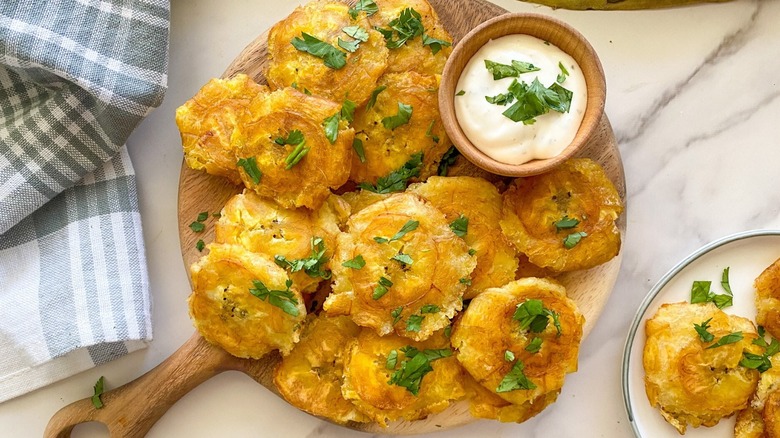
Maduros: Sweet Plantain Indulgence
In contrast to the savory tostones, maduros are made from ripe plantains that are fried to bring out their natural sweetness. These caramelized slices are soft sweet, and often served as a side dish, complementing the flavors of savory meats and rice dishes. Maduros offer a glimpse into the Dominican love for plantains in all their forms.
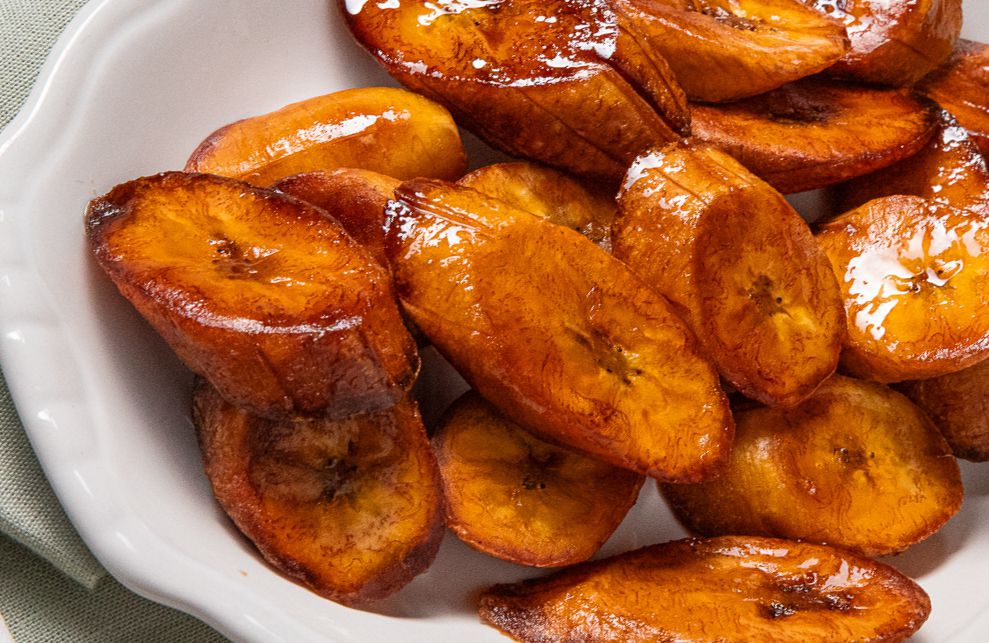
Dulce de Leche: A Spoonful of Sweetness
Dulce de Leche is a beloved confection in Dominican cuisine. This sweet, milk-based treat is slow-cooked until it reaches a rich caramel color and consistency. It’s a versatile dessert that can be enjoyed on its own, used as a filling for cakes and pastries, or even spread on bread as a decadent treat. The Dominican version of Dulce de Leche is known for its creamy texture and deeply satisfying sweetness.
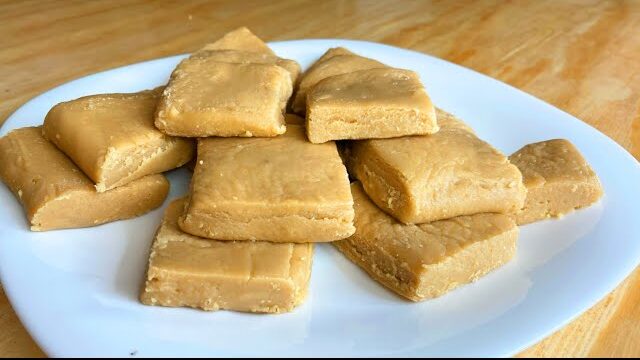
Final Analysis
This is all about “What food originated in the Dominican Republic.” The culinary landscape of the Dominican Republic is a vibrant mosaic, rich with flavors that tell the story of its people and their history. From the hearty stews and savory meats to the sweet treats that round off a meal, Dominican cuisine is a testament to the island’s spirit of resilience and celebration.
Dominican dishes are more than mere sustenance; they are cultural expressions, each with a tale that speaks to the soul of the nation. The food that originated here is a blend of Taino tradition, African heritage, and Spanish influences, creating a unique gastronomy that is both familiar and distinctly Dominican.
As we explore the tastes and aromas of the Dominican Republic, we uncover a world where every meal is an opportunity for connection and every dish is an invitation to share in the joy of Dominican life. It’s a cuisine that welcomes all to the table with open arms, offering a taste of the Caribbean that lingers long after the last bite.
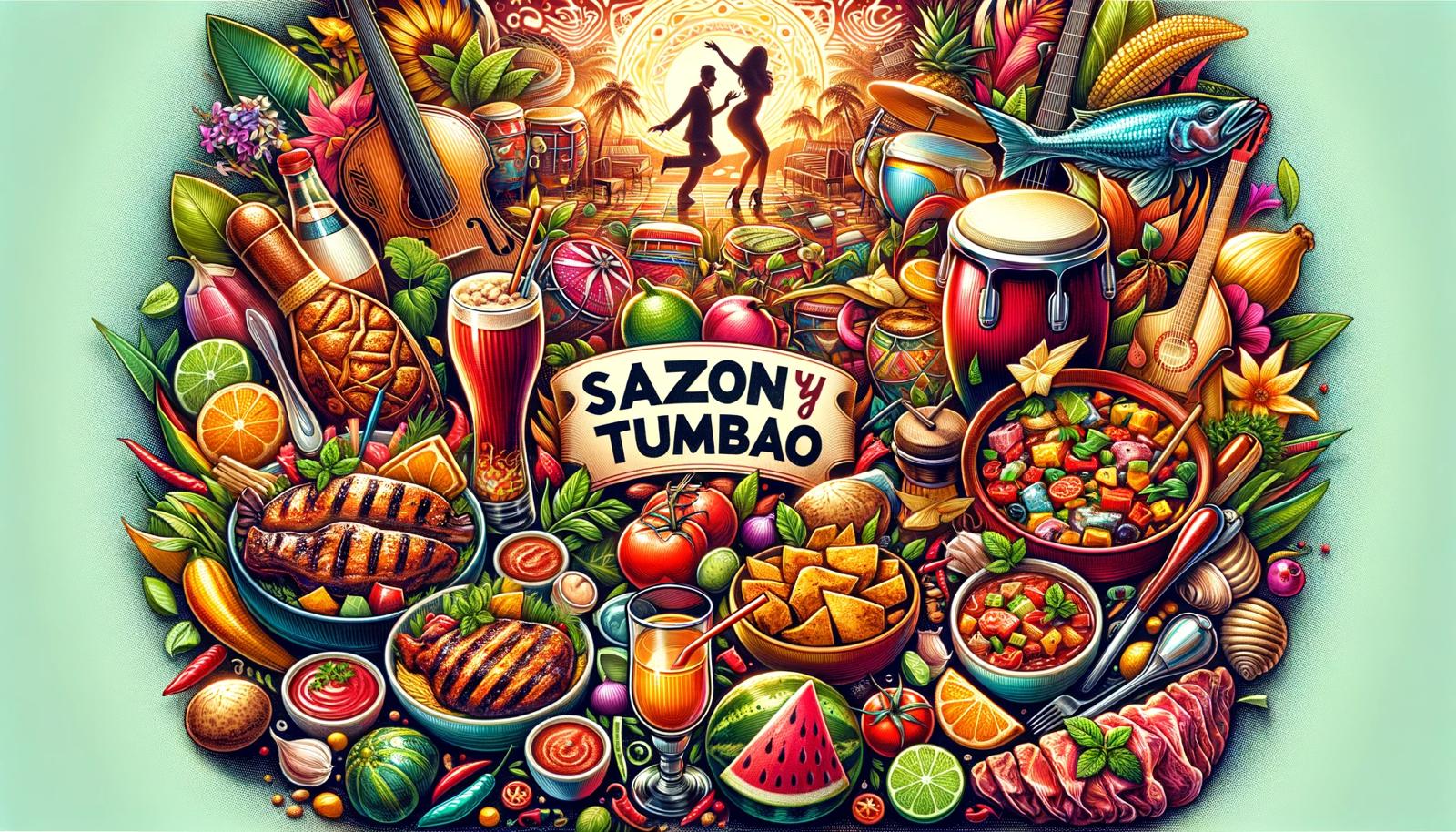

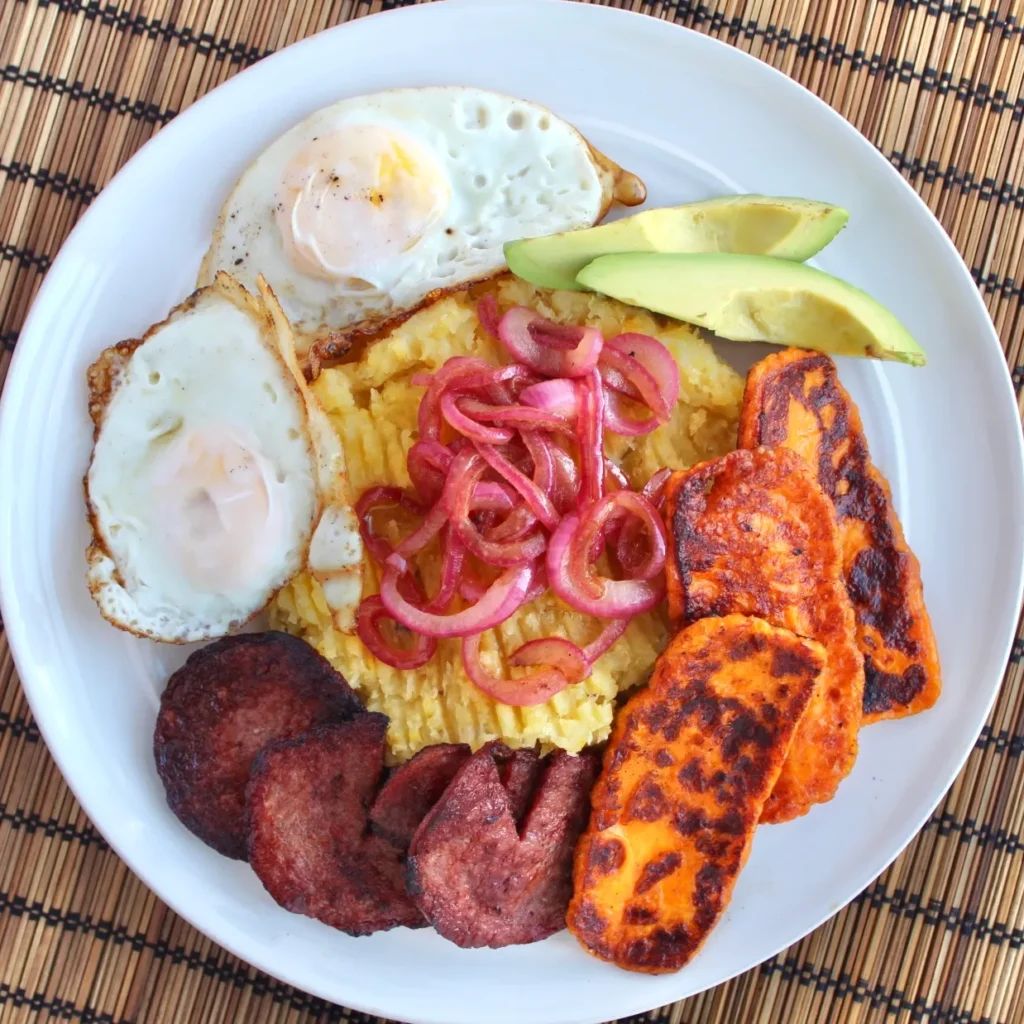
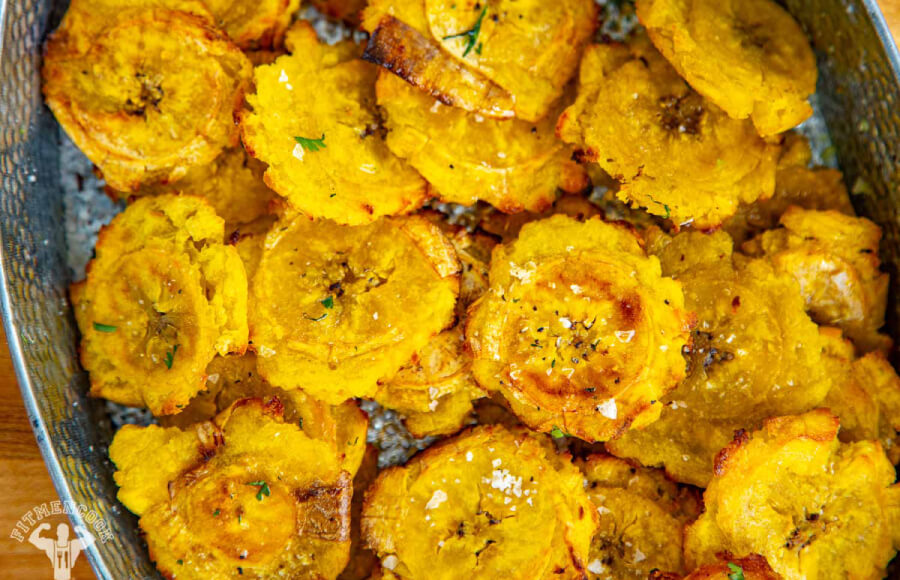

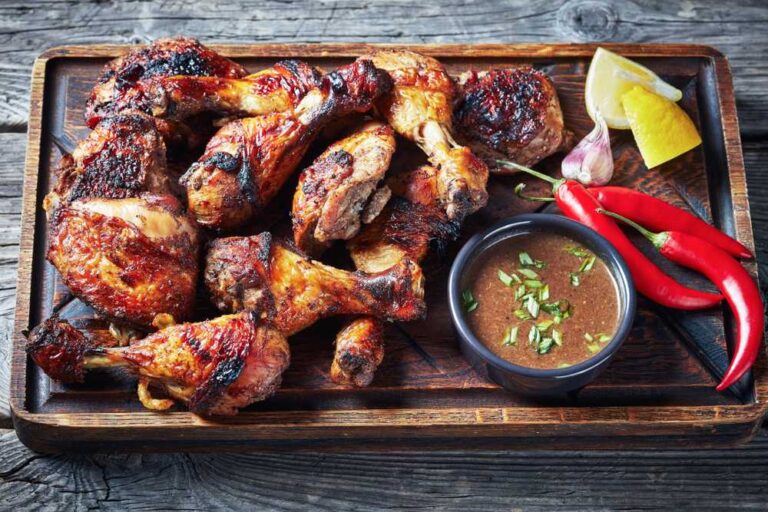
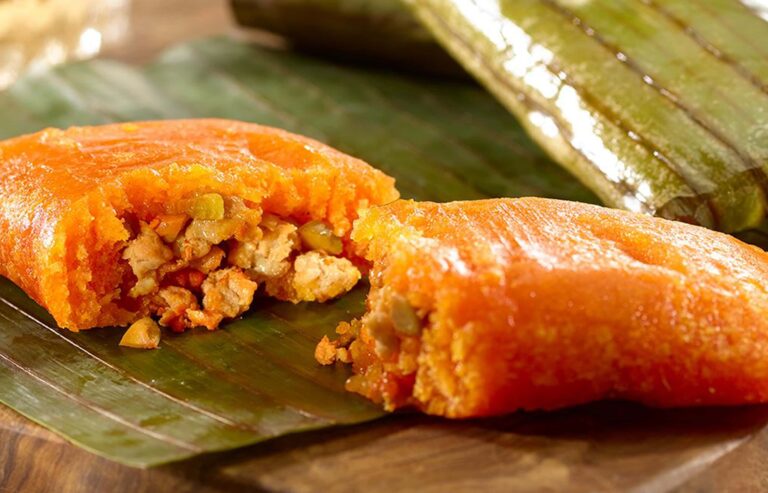



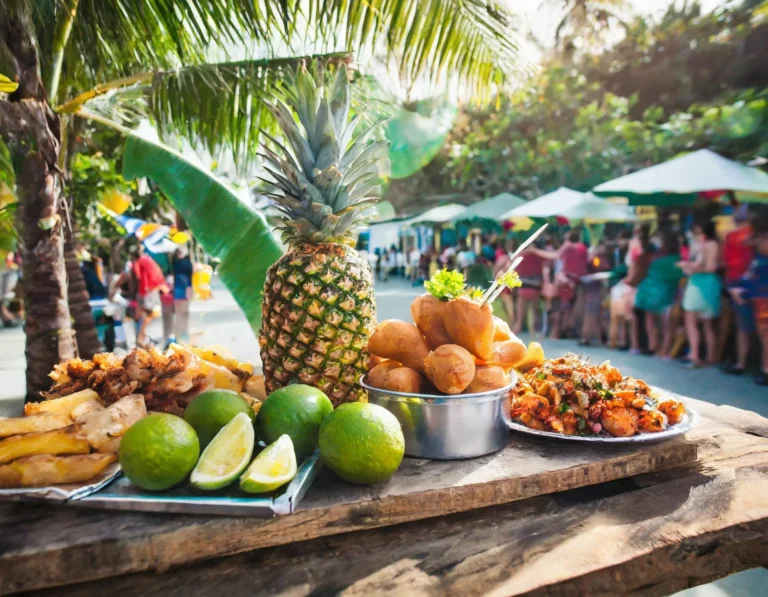
One Comment